What to collect when you're collecting
Some of the nation's top dealers and collectors reveal how they choose their wares, and what they collect themselves.


The English country-house aesthetic, in its most classic form, comprises an evolved interior that is the result of generations constantly adding and adjusting. In other words, they are the product of collecting, but not in the systematic way the word might suggest. Be they of high value or sentimentally valuable, collections can include anything from assorted ceramics or pieces of silver to rare fossils and wax seals, they immerse a space in their owners’ personality.
Will Fisher and Charlotte Freemantle, the couple behind Jamb, one of London’s Pimlico Road’s most celebrated treasure troves, have frenetically collected since they met more than two decades ago. The results are displayed all over their 18th-century house in Camberwell, south-east London. Fragments of ancient sculptures, Renaissance vases and antique textiles fill the sitting room. On the chimneypiece is the head of a Roman boy, among other Grand Tour-era mementos.
‘That small landing strip is an important part of our lives: all the objects hold personal meanings,’ says Mr Fisher, who admits to being a compulsive buyer. ‘We have what I’d call an “accidental interior”, filled with things we are drawn to like moths to flames.’ What makes a piece into something you want to live with? ‘Value has nothing to do with it,’ he continues. ‘It’s about being surrounded by things that trigger something deep inside.’
Having stubbed her toe one too many times on another corner block secreted by her husband under a sofa, Miss Freemantle takes a more phlegmatic view of the business of collecting — before admitting to her own weakness for studio ceramics. ‘What collections do is quietly overtake our house,’ she says. ‘There’s not one tiny iota of space left. But the important thing is that none of it is conscious or planned in any way. It’s more about being surrounded by items that are continual reminders of time spent together or important people in our lives and that’s what makes them special.’

Charlie Porter founded Tat London, an online vintage and antiques selling platform, in 2016. Having spotted her niche, she’s exploited a natural knack for finding decorative pieces ranging from the 18th century through to the 1990s. A favourite with interior designers, who are often searching for items that will help conjure the holy grail of a ‘layered’ interior, Miss Porter stresses she’s a ‘decorative dealer’, rather than an antiques specialist.
She is quick to downplay any suggestion of having an informed approach to buying, putting it down to instinct instead. ‘In my own home, I don’t collect per se, but when I think of interiors, they are always collected interiors — the tagline for Tat,’ explains Miss Porter. ‘That’s how you make a home. You can’t buy off the shelf from Zara Home and create texture and personality. That only comes from being surrounded by things that you love.’
She regularly trawls the markets in the UK and Europe to find pieces, the vast majority of which will be put on sale. ‘Art is the main source of my love and passion, but I’m not fixated on fine art. It could be posters. Or a £2 sketch from Portobello Market.’ Perhaps inevitably, her house in west London is artfully arranged with a random selection — a statue bought during a holiday in Greece; some marble shapes; a 1930s vase found in Rye; or a picture given by her father. ‘The sitting room in particular is quite full on, I almost have to warn friends before they come over,’ says Miss Porter. ‘The collection, if you can call it that, is more of an evolution. None of it is grand, but there are things that remind me of personal connections made and that makes all the pieces in my house more enjoyable.’
Exquisite houses, the beauty of Nature, and how to get the most from your life, straight to your inbox.
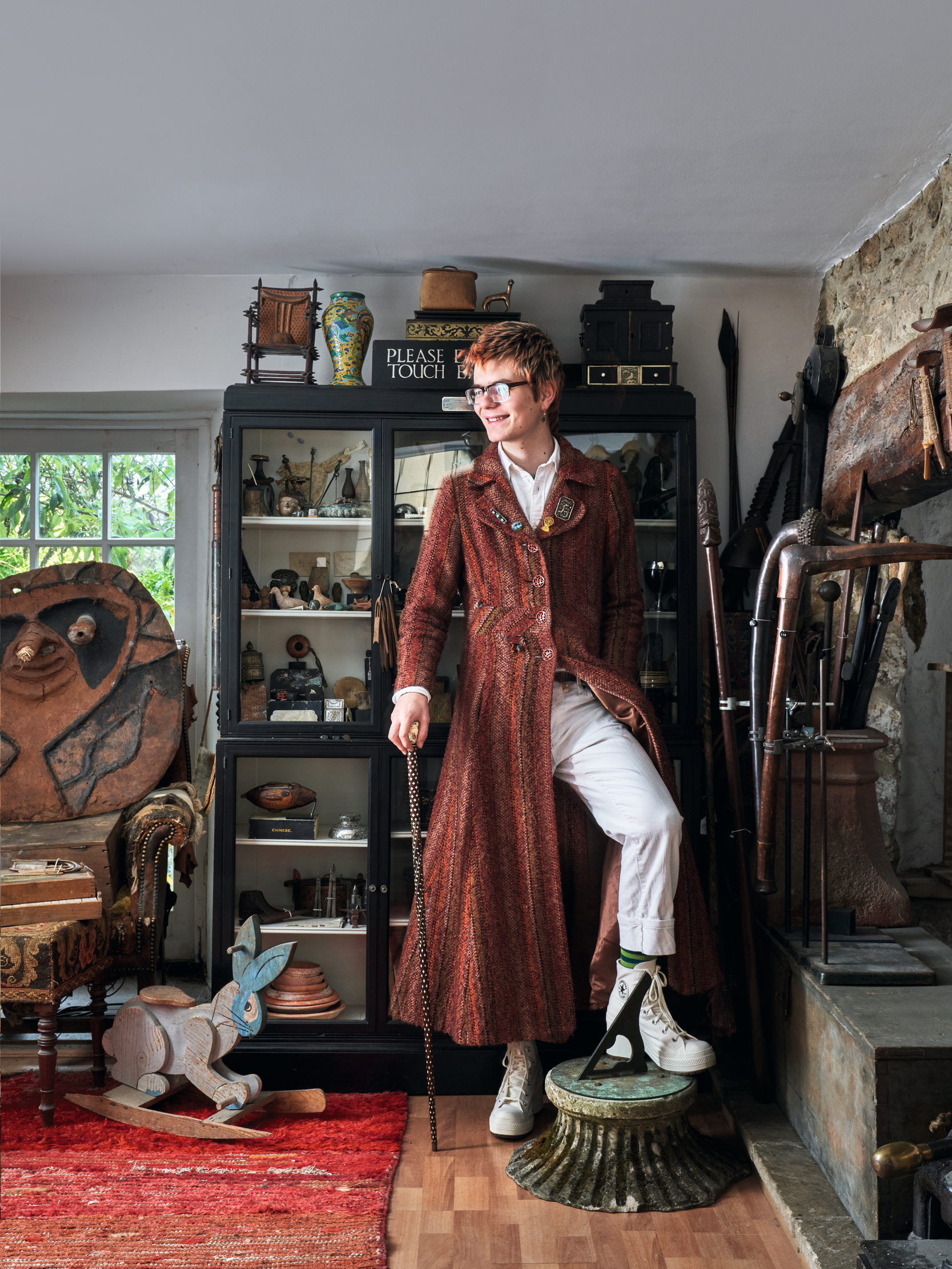
As the son of one of the country’s most highly regarded antique dealers, Edward Hurst, it’s perhaps no surprise that Tom Hurst is a young enthusiast for the art of collecting — and for interiors filled with things people love. A specialist in ethnographic art, the 23 year old’s first interest was in militaria, but, after acquiring a Martini-Henry rifle used by the British in the Zulu Wars, he delved into Zulu artefacts and now specialises in African, Oceanic and Inuit art, as well as country-house objects.
Mr Hurst’s home in Sherborne, Dorset, doubles as a showroom and, with an understandably laser-like focus on the bottom line of his business, everything is for sale. ‘I’m sure if I was really serious about keeping things, it would make a wonderful interior.’ He doesn’t advocate adhering steadfastly to a theme or point in history when displaying a collection, the results of which might end up looking contrived. Nor does he believe everything has to be handled with kid gloves or protectively displayed behind glass. ‘Oh, I simply nail things up on a wall,’ he admits. ‘Although I’m definitely not opposed to the Wunderkammer — the cabinet of curiosities where anything of importance or items of rather crazy taxidermy would be kept. That’s rather wonderful.’
Back in Camberwell, Mr Fisher says he lives ‘in terror of an edit’ at home. ‘When the children were younger and their friends used to come over, I’m sure they thought we were a bit unhinged.’ Today, he’s pleased to note that his two children no longer regard them as randomly purchased artefacts. ‘But they still wonder what on earth we’re going to bring home next.’
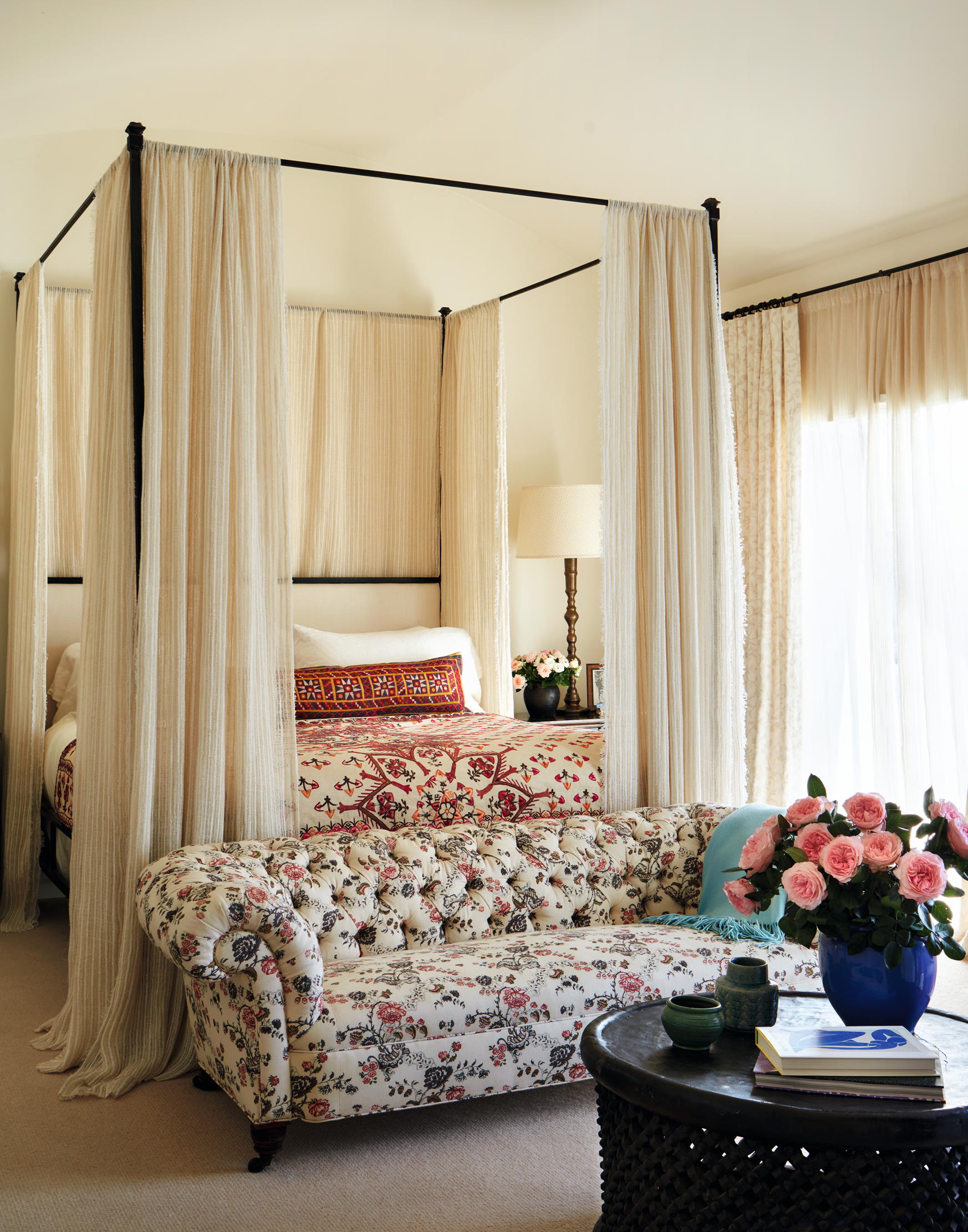
The Dos and Don'ts of decorating your house free of inhibitions
London Design Week revealed a more personal approach to creating interiors, with some exciting and distinctive results. Giles Kime takes
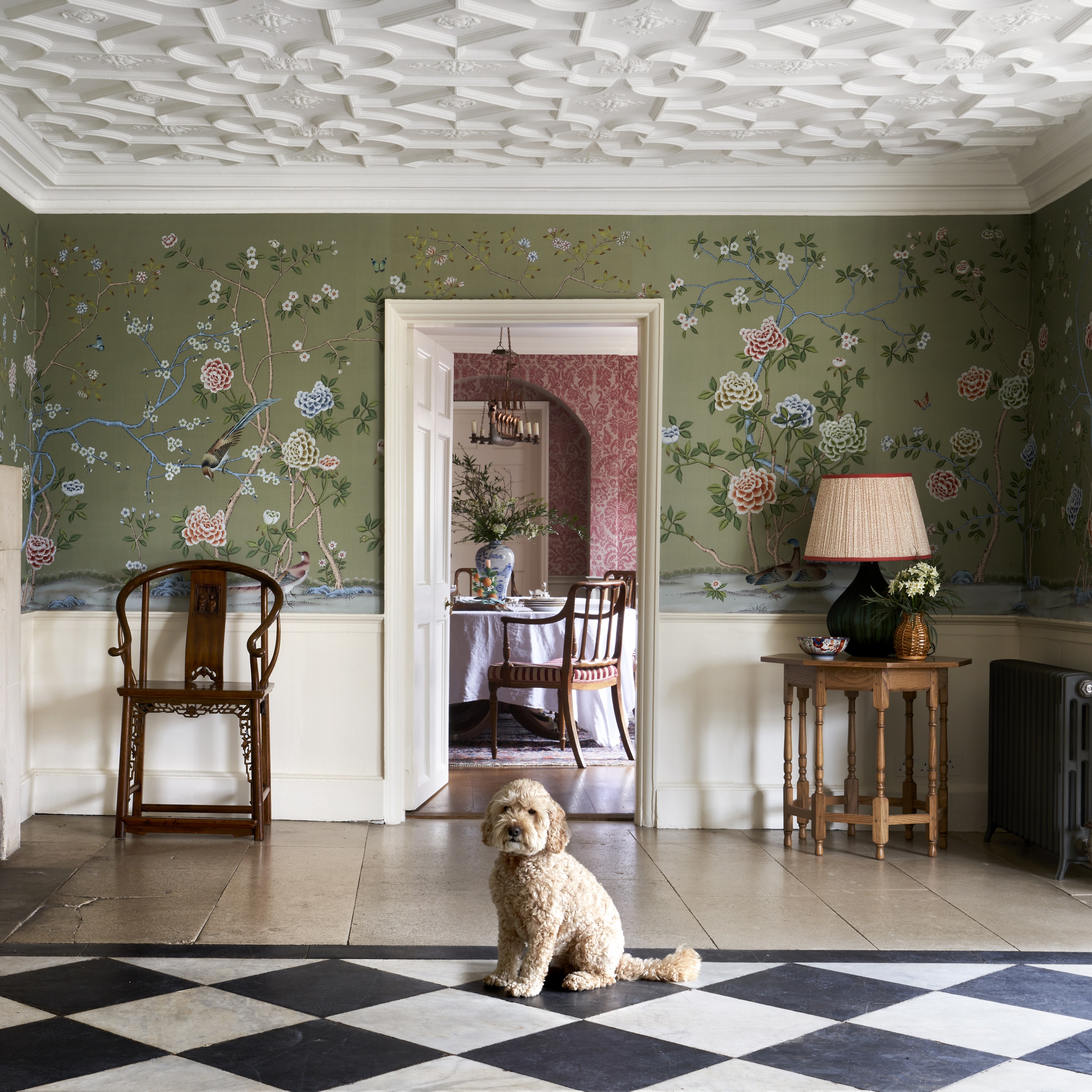
The Country Life Top 100 architects, interior designers, craftsmen, builders and garden designers in Britain
It's now six years since the original Country Life Top 100 was published, but the aim hasn't changed: we name
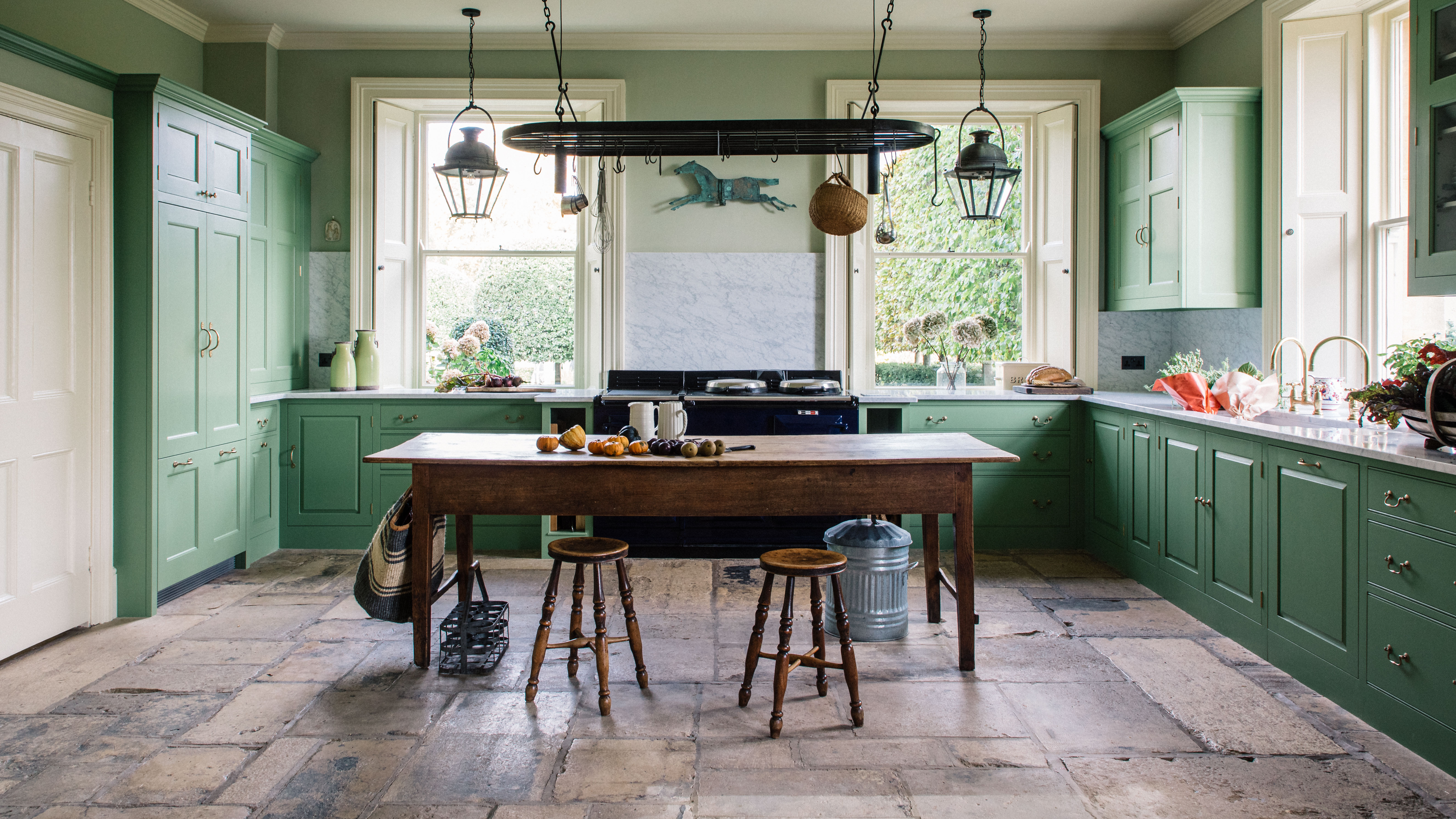
How to create a serene, yet hard-working kitchen
Plain English worked with antique dealer Robert Young to make this traditional kitchen with an effortlessly relaxing colour scheme that
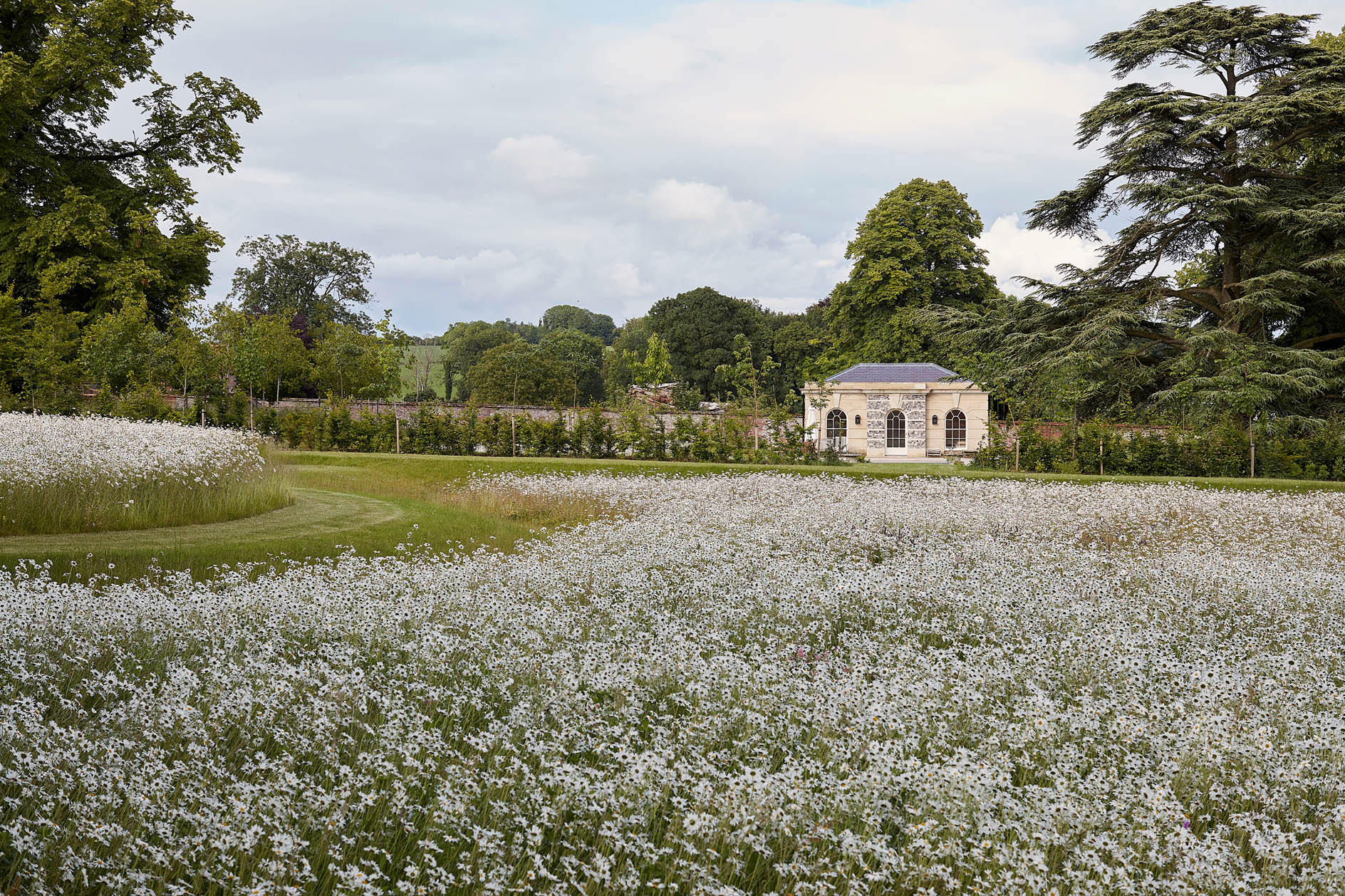
Podcast: Britain's best architects, interior designers, craftspeople and garden designers
Giles Kime joins James Fisher on the Country Life Podcast to explain how he and the team come up with
